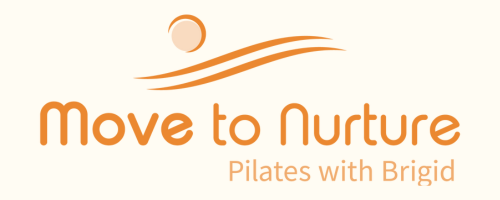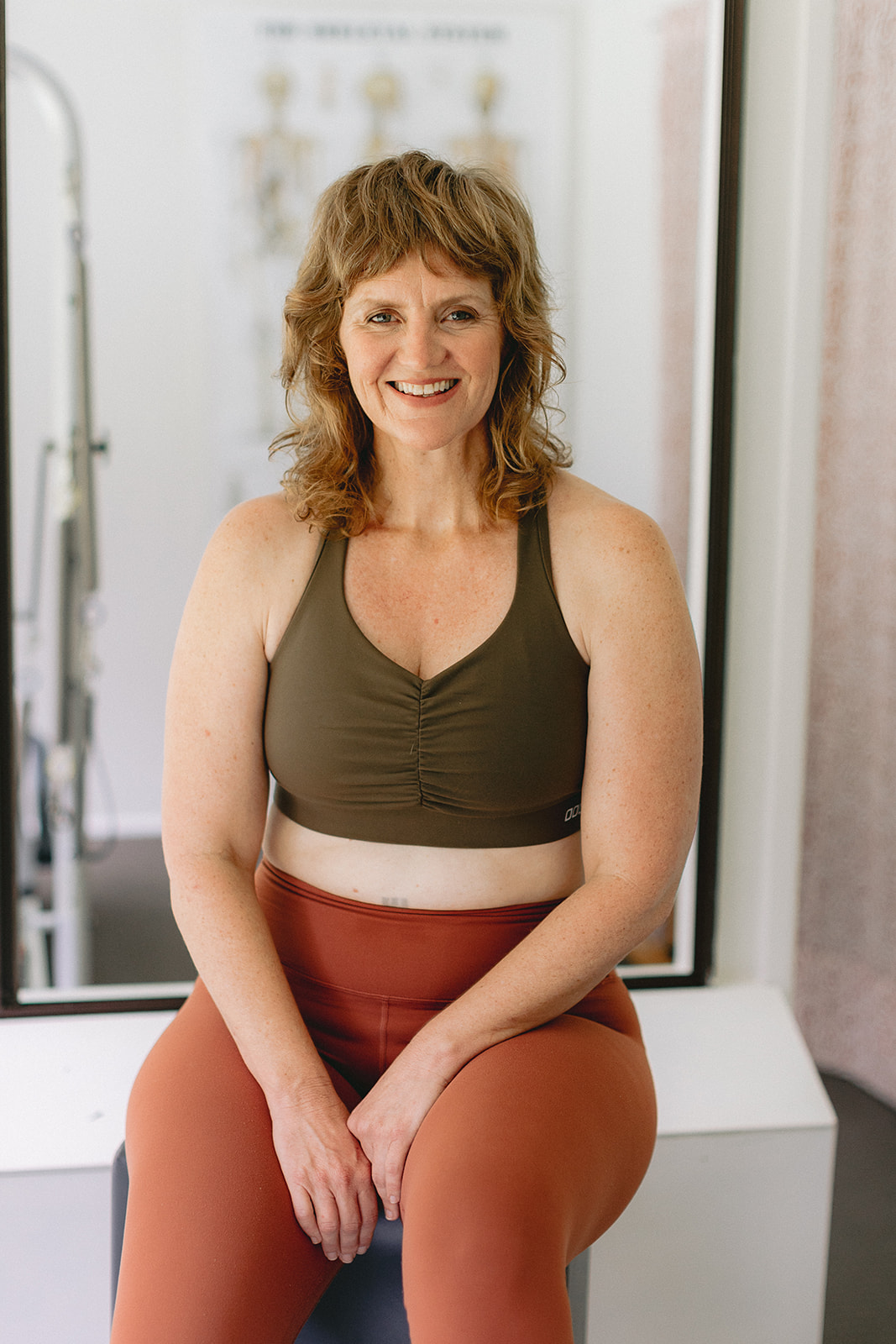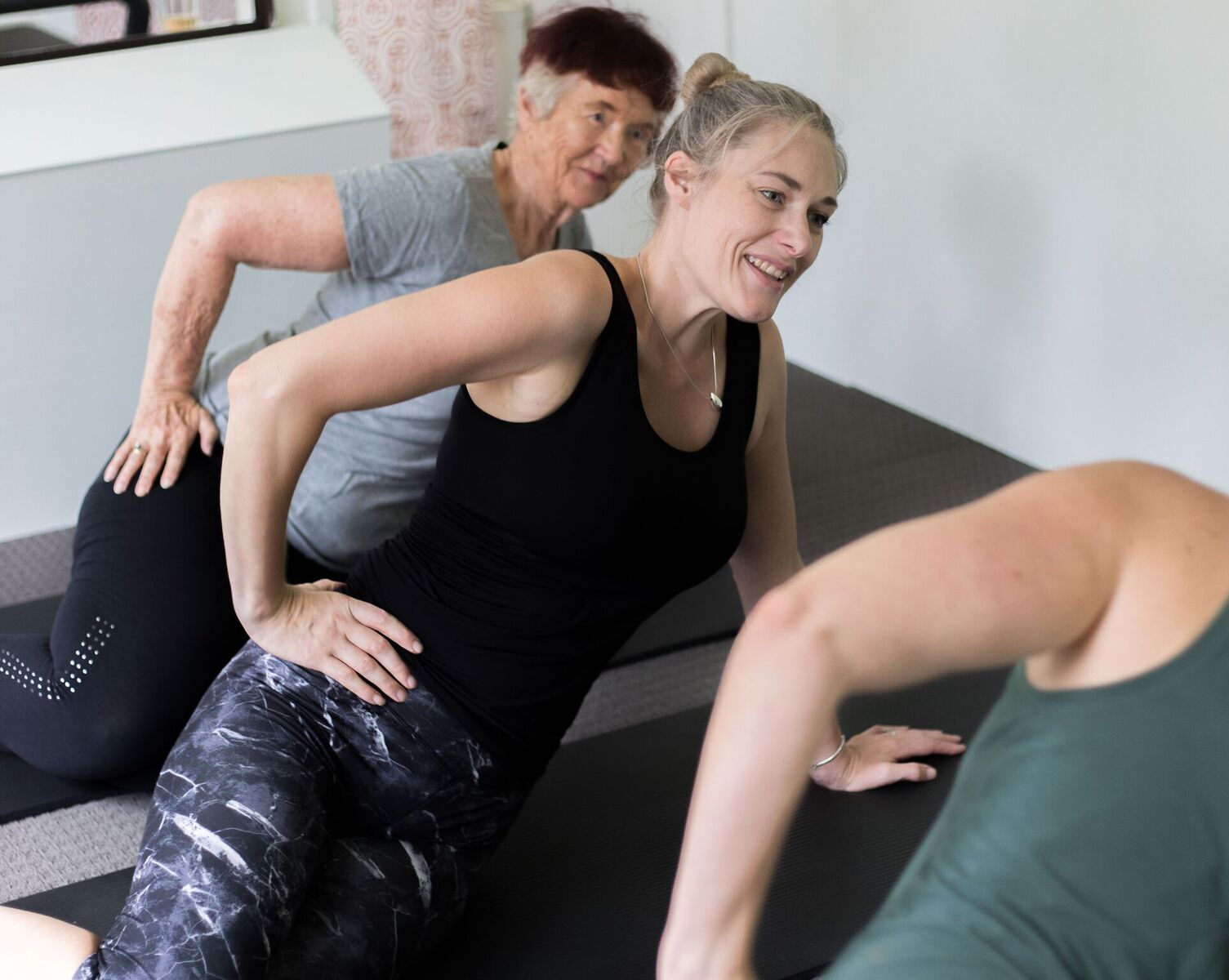“How often should I do Pilates to see real results?” It’s one of the most common questions I get. It’s a great question, and I’m here to help answer it! My mission is to help mid-life folks, especially women aged 40-70, reconnect with their bodies and enjoy a pain-free life. If you’re dealing with back, hip, knee, or foot pain, I’m here to guide you on your Pilates journey.
Pilates is an effective and gentle exercise that offers many benefits, but like any fitness routine, consistency is key. Let’s explore how often you should practice Pilates to get the most out of it!
Understanding Pilates: A Low-Impact, High-Reward Exercise
Pilates is a low-impact exercise focusing on strengthening muscles while improving posture and flexibility. It emphasizes core strength, which can significantly help with back pain—something many of my clients struggle with.
Pilates is versatile and can be adapted to suit all fitness levels and ages. Whether you’re dealing with chronic pain or looking to boost your overall well-being, Pilates offers a safe and supportive space to meet your needs. At Move to Nurture Pilates, my goal is to help you reconnect with your body and enjoy the journey to better health.
The Benefits of Regular Pilates Practice
Before we figure out how often you should practice Pilates, let’s take a look at some of the amazing benefits you can expect:
- Improved Flexibility and Balance: Pilates helps increase flexibility and balance, which are crucial for maintaining mobility and preventing falls as we age.
- Increased Core Strength: A strong core supports your spine and can reduce the risk of injuries. This is especially beneficial for those suffering from back pain.
- Enhanced Posture: Pilates promotes proper alignment, helping to correct posture issues that often arise from sitting too much or repetitive movements.
- Pain Relief: By strengthening muscles and improving alignment, Pilates can help ease pain in the back, hips, knees, and feet, allowing you to move more comfortably.
- Stress Reduction: The mindful nature of Pilates encourages relaxation and stress relief, promoting mental well-being alongside physical health.
- Better Body Awareness: Pilates helps you connect your mind and body, so you can understand your physical limits and strengths.
How Often Should You Practice Pilates?
Now that we’ve covered the benefits, let’s talk about how often you should practice Pilates to get the best results. The answer depends on your goals, fitness level, and any physical limitations you may have, but here are some general guidelines:
For Beginners
If you’re new to Pilates, starting with two to three sessions per week is the best way to build a foundation. This frequency allows you to get comfortable with the movements, focus on proper form, and gradually build strength and flexibility without overwhelming your mind and body.
Sample Schedule for Beginners:
- Monday: Pilates class or session
- Wednesday: Rest or light activity like walking
- Friday: Pilates class or session
- Sunday: Optional gentle Pilates practice at home
For Intermediate Practitioners
Once you’re comfortable with the basics, you can increase your practice to three to four times per week. This frequency can help you progress more quickly and start seeing more noticeable changes in your strength, flexibility, and overall well-being.
Sample Schedule for Intermediate Practitioners:
- Monday: Pilates class or session
- Tuesday: Light cardio or strength training
- Thursday: Pilates class or session
- Saturday: Pilates class or session
- Sunday: Optional gentle Pilates practice or rest
For Advanced Practitioners
For those who have been practicing Pilates for a while and are looking to maintain or enhance their fitness level, four to five sessions per week may be ideal. This frequency can help you refine your technique, achieve more advanced poses, and maintain optimal physical and mental health.
Sample Schedule for Advanced Practitioners:
- Monday: Pilates class or session
- Wednesday: Pilates class or session
- Friday: Pilates class or session
- Saturday: Light cardio or cross-training
- Sunday: Pilates class or session
Listening to Your Body
While these guidelines provide a framework, it’s crucial to listen to your body and adjust your practice accordingly. Overtraining can lead to burnout or injury, so pay attention to how you feel and give yourself adequate rest when needed. Remember, Pilates is about nurturing your body, not pushing it to its limits.
Signs You Might Need a Break
- Persistent fatigue or soreness
- Decreased performance or strength
- Increased irritability or mood swings
- Difficulty sleeping
If you experience any of these symptoms, consider scaling back your practice and incorporating more rest or gentle movement until you feel ready to resume your regular schedule.
Making the Most of Your Pilates Practice
To get the most out of your Pilates practice, keep these tips in mind:
1. Focus on Form
Proper form is crucial in Pilates. It’s better to do fewer repetitions with correct alignment than to rush through exercises with poor form. At Move to Nurture Pilates, my emphasis is on form and technique to ensure you’re getting the most out of each movement.
2. Incorporate Variety
While consistency is key, variety can keep your practice exciting and engaging. Try different Pilates classes or styles, such as mat or reformer Pilates or even chair Pilates, to challenge your body in new ways and prevent boredom.
3. Set Realistic Goals
Setting achievable goals can help you stay motivated and track your progress. Whether improving your flexibility or alleviating pain, having specific objectives can guide your practice and give you a sense of accomplishment as you reach them.
4. Stay Hydrated and Nourished
Proper hydration and nutrition support your body’s ability to recover and perform optimally. Make sure you’re drinking enough water and consuming a balanced diet to fuel your Pilates practice.
5. Create a Mindful Practice
Pilates is not just a physical exercise; it’s a mindful practice that connects your body and mind. Take time to breathe deeply, focus on your movements, and be present in the moment during each session.
Conclusion
At Move to Nurture Pilates, I am dedicated to helping you achieve the sustainable benefits of Pilates, no matter your age or fitness level. By practicing Pilates consistently and listening to your body’s needs, you can enjoy improved strength, flexibility, and overall well-being.
Remember, the journey to better health is personal, and finding a routine that works for you is essential. Whether you’re just starting or have been practicing for years, Pilates offers a path to a healthier, more connected self. Embrace the journey, and let Pilates be a source of joy and transformation in your life.
If you have any questions or want to schedule your first class, feel free to contact us at Move to Nurture Pilates. I’m here to support you every step of the way!
4o





0 Comments